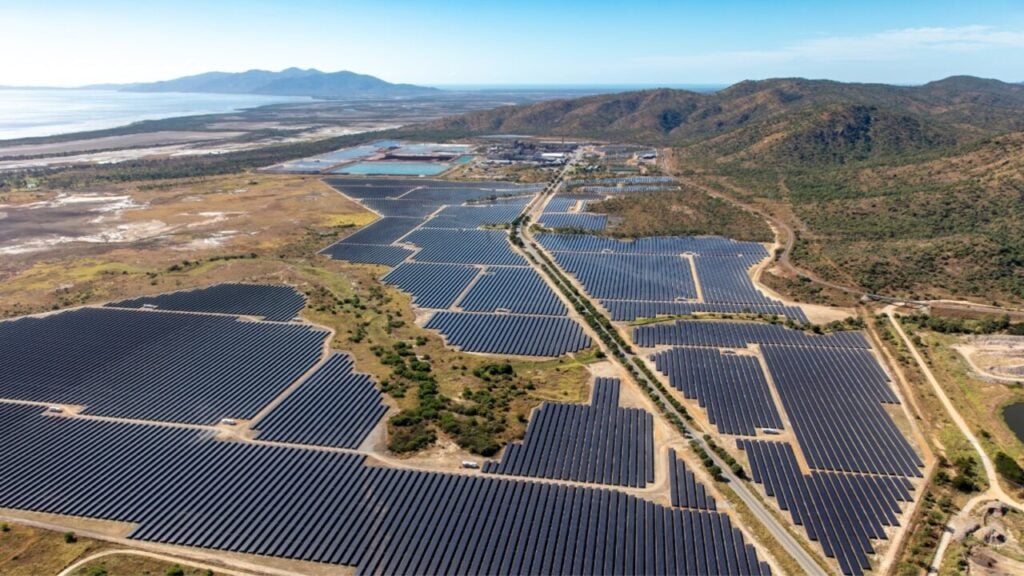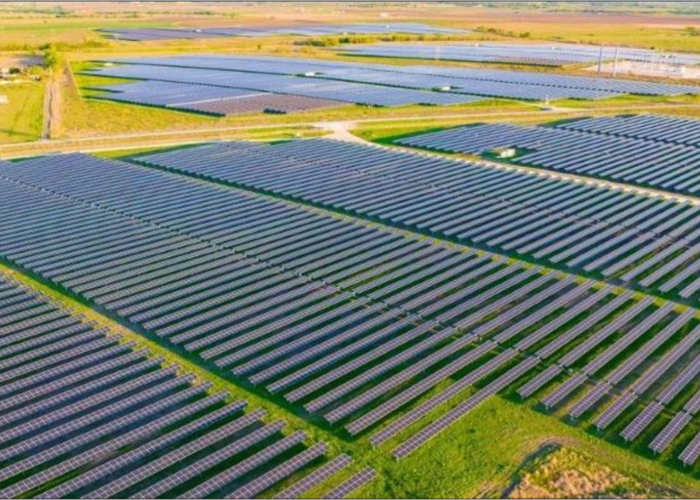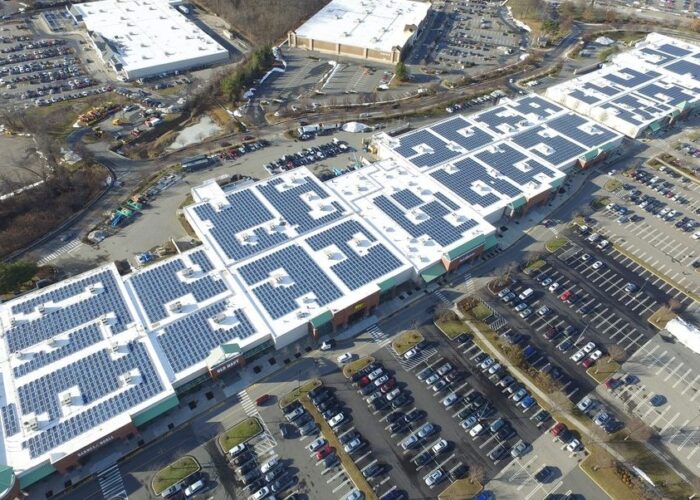
Australia’s solar-plus-storage sector gained momentum at the end of last week with two project approvals advancing across New South Wales and Queensland, representing a combined 725MW of renewable energy capacity.
The New South Wales (NSW) Independent Planning Commission has granted approval for Ark Energy’s 435MW Richmond Valley solar-plus-storage project, while Global Power Generation advances its 290MW Fraser Coast development through Queensland’s environmental approval process.
Try Premium for just $1
- Full premium access for the first month at only $1
- Converts to an annual rate after 30 days unless cancelled
- Cancel anytime during the trial period
Premium Benefits
- Expert industry analysis and interviews
- Digital access to PV Tech Power journal
- Exclusive event discounts
Or get the full Premium subscription right away
Or continue reading this article for free
Both projects feature substantial battery energy storage components designed to provide extended grid services beyond traditional solar generation, with the Richmond Valley facility incorporating an 8-hour duration battery system.
Ark Energy secures NSW approval for 435MW Richmond Valley solar-plus-storage site
The NSW Independent Planning Commission has granted approval for Ark Energy’s 435MW Richmond Valley solar-plus-storage project in Australia.
The project, located near Rappville in the Northern Rivers region, comprises a 435MW solar PV power plant paired with a 475MW/3,148MWh battery energy storage system (BESS).
The battery component provides 8-hours of storage duration, enabling solar energy dispatch during evening peak demand periods and grid stabilisation services. The facility will occupy 803 hectares of a 1,475-hectare site, approximately 7km east of Rappville, which has a strong history as a timber and beef town.
In March 2025, Ark Energy signed a supply agreement with Seoul-headquartered Hanwha Energy for the BESS technology. The company confirmed it will use lithium iron phosphate (LFP) technology for the BESS.
The company also executed an Early Contractor Involvement agreement with Elecnor Australia in September 2025 to undertake preliminary engineering and design work. The scope includes site studies, detailed engineering design for the solar PV power plant, and balance of plant design for the battery system, with completion expected by Q2 2026.
The project’s 730,000 bifacial solar modules will feature single-axis tracking technology to maximise energy generation throughout the day. The co-located battery system will provide grid services across the National Electricity Market (NEM), including frequency regulation and peak demand management.
Ark Energy received the planning approval last week (16 October) following inclusion of the project in the Federal government’s inaugural Renewable Energy Priority List in March 2025. The Priority List aims to streamline regulatory approvals for significant renewable energy developments and included over 6GW of energy storage.
This article first appeared on Energy-Storage.news as the item ‘Ark Energy bags state approval for 3.1GWh Richmond Valley solar-plus-storage site in Australia’.
GPG advances 290MW Fraser Coast solar-plus-storage project in Queensland
In other news, Global Power Generation (GPG), part of the Naturgy Group, is seeking EPBC Act approval for the Fraser Coast Photovoltaic Solar and Battery Energy Storage System Project, a 290MW solar PV plant featuring a co-located BESS located in Teebar, Queensland, approximately 70km northwest of Gympie.
The solar-plus-storage project will feature approximately 600,000 solar modules installed across a 555.87-hectare site in Teebar. GPG acquired the project area in 2024, and construction is scheduled to commence in late 2025, subject to regulatory approvals and commercial considerations.
The solar PV power plant will connect to the NEM via a 1.3km 275kV transmission line linking the onsite substation to the existing Teebar Substation. The transmission infrastructure will be constructed on land owned by Powerlink Queensland, facilitating the grid integration of renewable energy and storage capacity.
Construction activities will span approximately 14 months and involve site preparation, vegetation clearing, bulk earthworks, and installation of solar arrays, inverters, transformers, and battery storage infrastructure.
The size of the battery energy storage system has not been disclosed in the EPBC Act application; however, GPG’s website states that it will be 180MW/360MWh.
GPG has committed to implementing mitigation measures, including rehabilitation of temporary disturbance areas and ongoing vegetation management during the 30-year operational period.
Solar arrays will be connected to inverter stations and transformers that feed generated electricity into the on-site substation and battery storage system.
GPG has designed the project with end-of-life considerations, including potential repowering with new equipment or decommissioning and site rehabilitation to facilitate the continuation of agricultural land use.
The decommissioning process would involve de-energising and removing all infrastructure, followed by site recontouring, decompaction, and revegetation activities.
This article first appeared on Energy-Storage.news as the item ‘Powerlink Queensland seeks federal approval for AGL’s 2GWh Tuckeroo battery transmission connection’.






